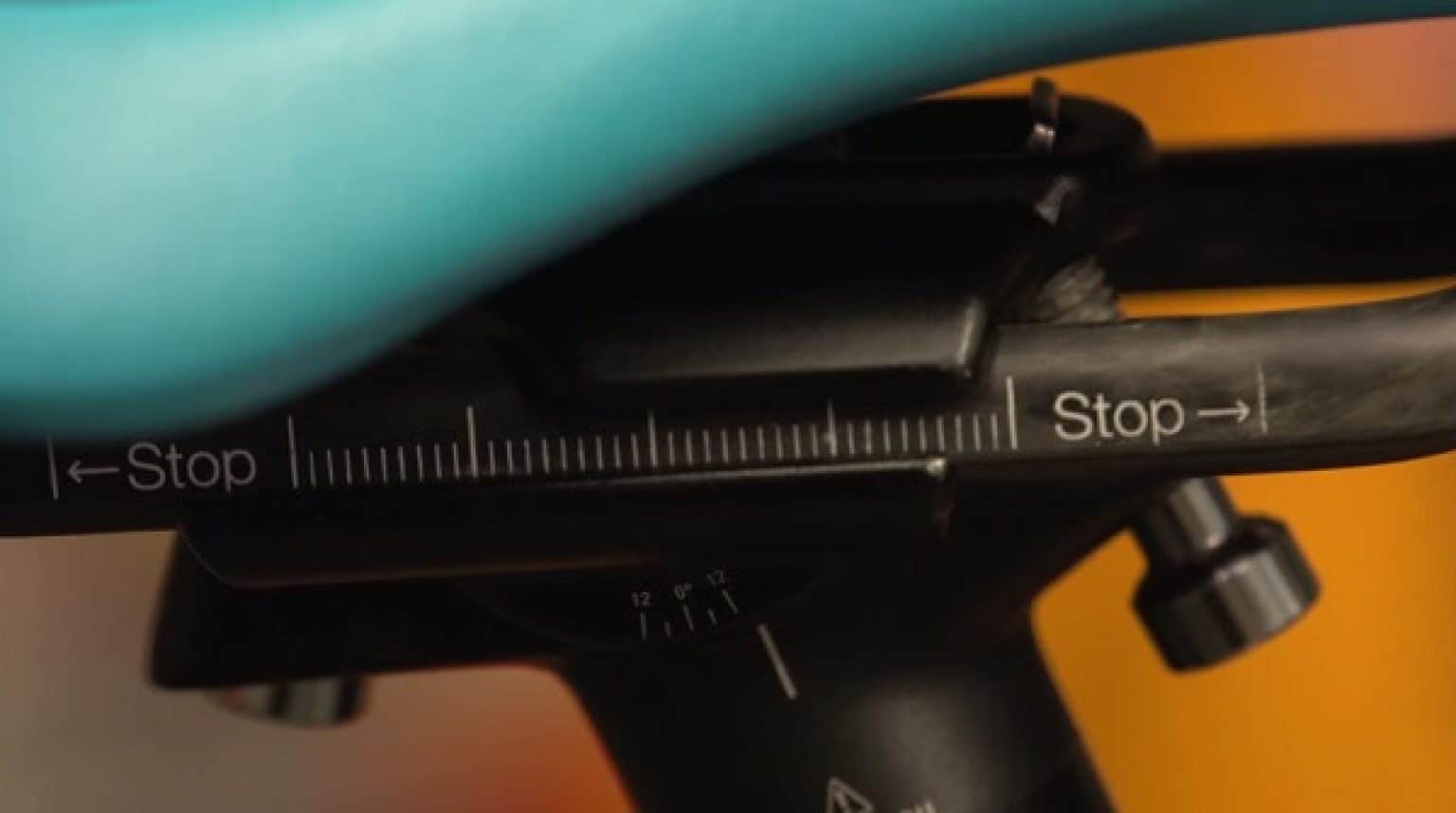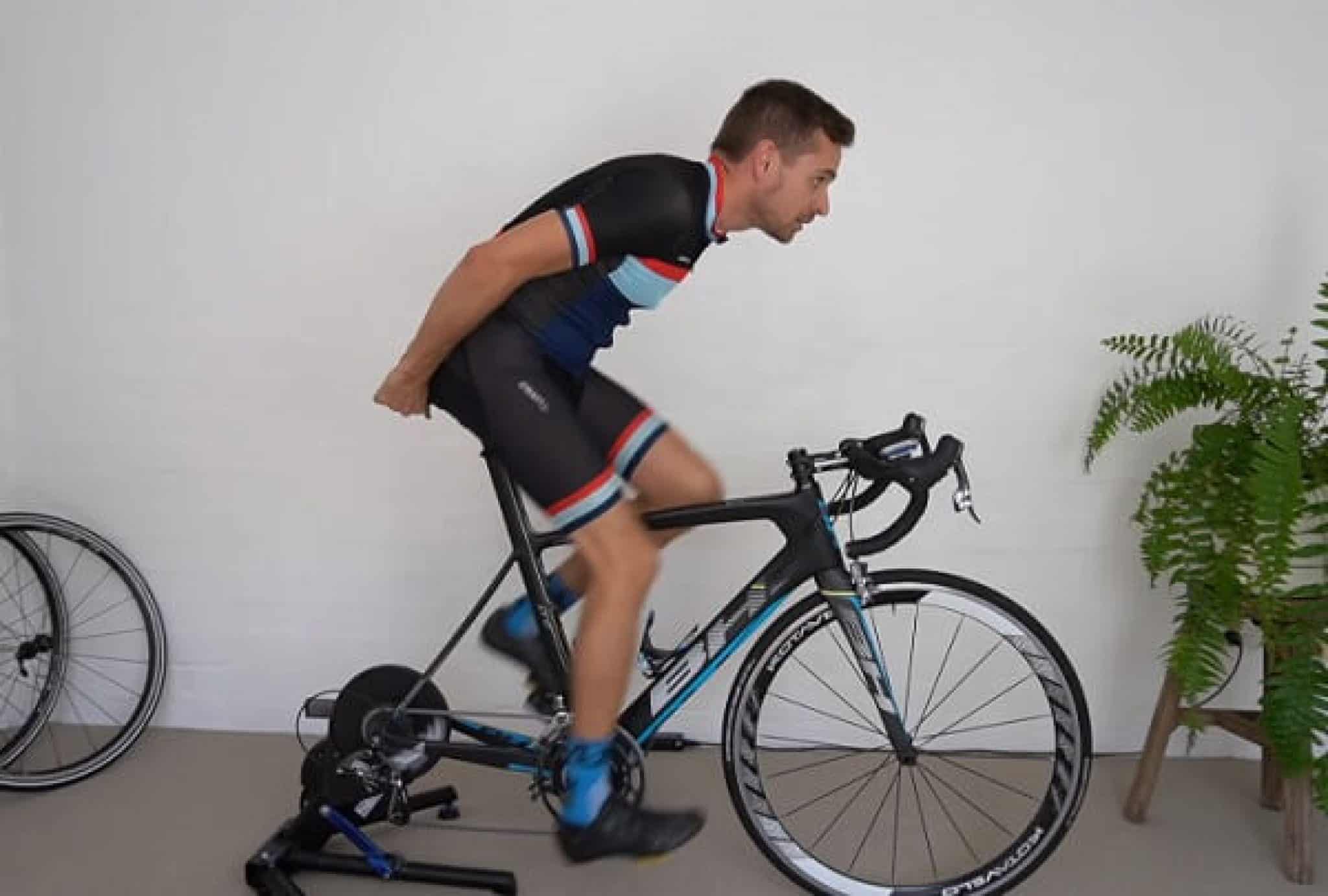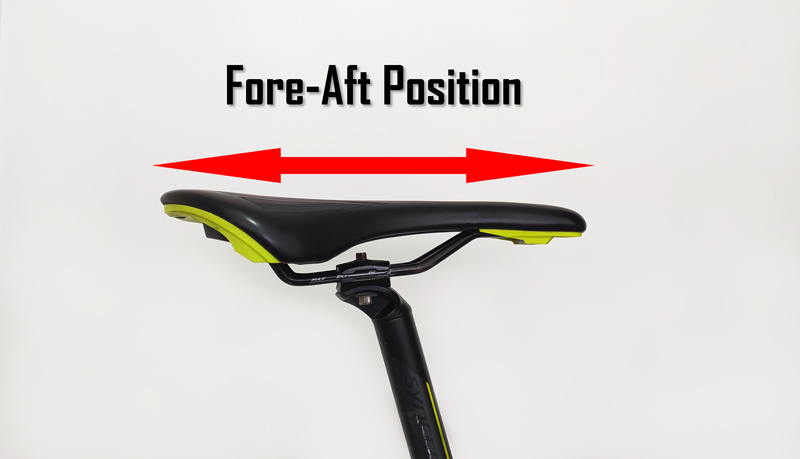Why Saddle Position Matters for Comfort and Performance
Proper saddle positioning is essential for cyclists, as it has a significant impact on comfort, performance, and injury prevention. A well-adjusted saddle can make all the difference in reducing fatigue, improving pedaling efficiency, and enhancing overall cycling experience. In fact, a study by the International Journal of Sports Medicine found that cyclists who optimized their saddle position experienced a 12% increase in power output and a 15% reduction in perceived exertion. On the other hand, a poorly positioned saddle can lead to discomfort, pain, and decreased performance. By understanding the importance of proper saddle positioning, cyclists can take the first step towards optimizing their fore aft saddle position and unlocking their full potential.
Understanding Fore Aft Saddle Position: What It Means and Why It Matters
The fore aft saddle position refers to the horizontal position of the saddle in relation to the bottom bracket of the bike. This critical aspect of bike fit affects the rider’s weight distribution, pedaling efficiency, and overall bike handling. When the fore aft saddle position is optimized, the rider’s weight is evenly distributed between the saddle and handlebars, allowing for efficient power transfer and reduced fatigue. A well-positioned saddle also enables the rider to maintain a comfortable and aerodynamic position, reducing air resistance and improving overall performance. Conversely, a poorly positioned saddle can lead to discomfort, pain, and decreased performance. By understanding the importance of fore aft saddle position, cyclists can take the first step towards optimizing their bike fit and unlocking their full potential.
How to Determine Your Ideal Fore Aft Saddle Position
Determining the ideal fore aft saddle position requires a combination of measurement, testing, and adjustment. To get started, cyclists should measure their inseam and arm length to determine their optimal saddle height and handlebar height. Next, they should adjust the saddle fore and aft to achieve a comfortable and efficient pedaling position. This can be done by sitting on the bike with their hands on the hoods and their feet flat on the floor, with the knee slightly bent at the bottom of the pedal stroke. The saddle should be positioned so that the rider’s weight is evenly distributed between the saddle and handlebars, with the knee aligned with the pedal spindle. Cyclists can then test their fore aft saddle position by riding the bike and paying attention to any discomfort or pain in the knees, hips, or lower back. Finally, they can make adjustments to the saddle position as needed to achieve optimal comfort and performance. By following these steps, cyclists can find their ideal fore aft saddle position and unlock their full potential on the bike.
The Role of Saddle Height and Setback in Fore Aft Saddle Positioning
Saddle height and setback play a crucial role in determining the optimal fore aft saddle position. Saddle height affects the rider’s leg extension and pedaling efficiency, while setback influences the rider’s weight distribution and bike handling. When the saddle height is too high or too low, it can lead to discomfort, pain, and decreased performance. Similarly, an incorrect setback can cause the rider to feel unstable or unbalanced on the bike. To find the perfect balance, cyclists should consider their riding style, flexibility, and bike geometry. For example, riders with a more aggressive riding style may prefer a lower saddle height and a longer setback, while riders with a more upright riding style may prefer a higher saddle height and a shorter setback. By adjusting the saddle height and setback in conjunction with the fore aft saddle position, cyclists can achieve a harmonious balance that optimizes their comfort, performance, and overall cycling experience. By understanding the interplay between these factors, cyclists can fine-tune their bike fit and unlock their full potential on the bike.
Common Mistakes to Avoid When Adjusting Your Fore Aft Saddle Position
When adjusting the fore aft saddle position, cyclists often make common mistakes that can lead to discomfort, decreased performance, and even injury. One of the most common errors is over- or under-compensating for a perceived issue. For example, if a rider feels like they’re too far forward on the bike, they may adjust the saddle too far back, which can lead to a loss of power and efficiency. Another mistake is failing to consider the interplay between the fore aft saddle position and other bike fit factors, such as handlebar height and stem length. This can result in a bike fit that feels unbalanced or uncomfortable. Additionally, riders may neglect to test and adjust the fore aft saddle position regularly, which can lead to a decline in performance and comfort over time. To avoid these mistakes, cyclists should approach fore aft saddle position adjustments with a systematic and nuanced approach, taking into account their individual needs and riding style. By doing so, they can optimize their fore aft saddle position and unlock their full potential on the bike.
Real-World Examples: How Pro Cyclists Optimize Their Fore Aft Saddle Position
Professional cyclists understand the importance of optimal fore aft saddle position in achieving peak performance and comfort. Take, for example, Chris Froome, a renowned road cyclist who has fine-tuned his fore aft saddle position to optimize his power output and endurance. By adjusting his saddle position to suit his riding style and bike geometry, Froome has been able to maintain a high level of performance over long distances. Another example is Peter Sagan, a Slovakian road cyclist who has optimized his fore aft saddle position to improve his sprinting ability. By positioning his saddle slightly further forward, Sagan is able to generate more power and speed in the final stages of a race. These examples demonstrate the importance of fore aft saddle position in professional cycling and highlight the benefits of optimizing this critical aspect of bike fit. By studying the approaches of professional cyclists, recreational riders can gain valuable insights into how to optimize their own fore aft saddle position and improve their overall cycling experience.
Fore Aft Saddle Position and Bike Fit: A Holistic Approach
Optimizing fore aft saddle position is not a standalone process, but rather an integral part of a comprehensive bike fit. A holistic approach to bike fit considers the complex interplay between various components, including handlebar height, stem length, cleat position, and fore aft saddle position. By examining these factors in conjunction, cyclists can create a harmonious and efficient riding position that maximizes performance and comfort. For instance, a rider with a longer stem may require a slightly more forward fore aft saddle position to maintain optimal weight distribution and pedaling efficiency. Similarly, a rider with a lower handlebar height may need to adjust their fore aft saddle position to avoid putting excessive pressure on their hands and wrists. By considering the fore aft saddle position as part of a broader bike fit strategy, cyclists can unlock their full potential and enjoy a more comfortable, efficient, and enjoyable ride.
Maximizing Your Cycling Performance with Optimal Fore Aft Saddle Position
By optimizing their fore aft saddle position, cyclists can unlock significant improvements in performance, comfort, and overall cycling experience. A well-positioned saddle enables riders to maintain an efficient pedaling technique, generating more power and speed with less effort. This, in turn, reduces fatigue and discomfort, allowing riders to push themselves harder and longer. Furthermore, an optimal fore aft saddle position can also improve bike handling and stability, giving riders greater confidence and control on the road or trail. By prioritizing fore aft saddle position as a critical component of their bike fit, cyclists can gain a competitive edge, whether they’re racing, touring, or simply enjoying a casual ride. With the right fore aft saddle position, the possibilities are endless, and the benefits are undeniable.






